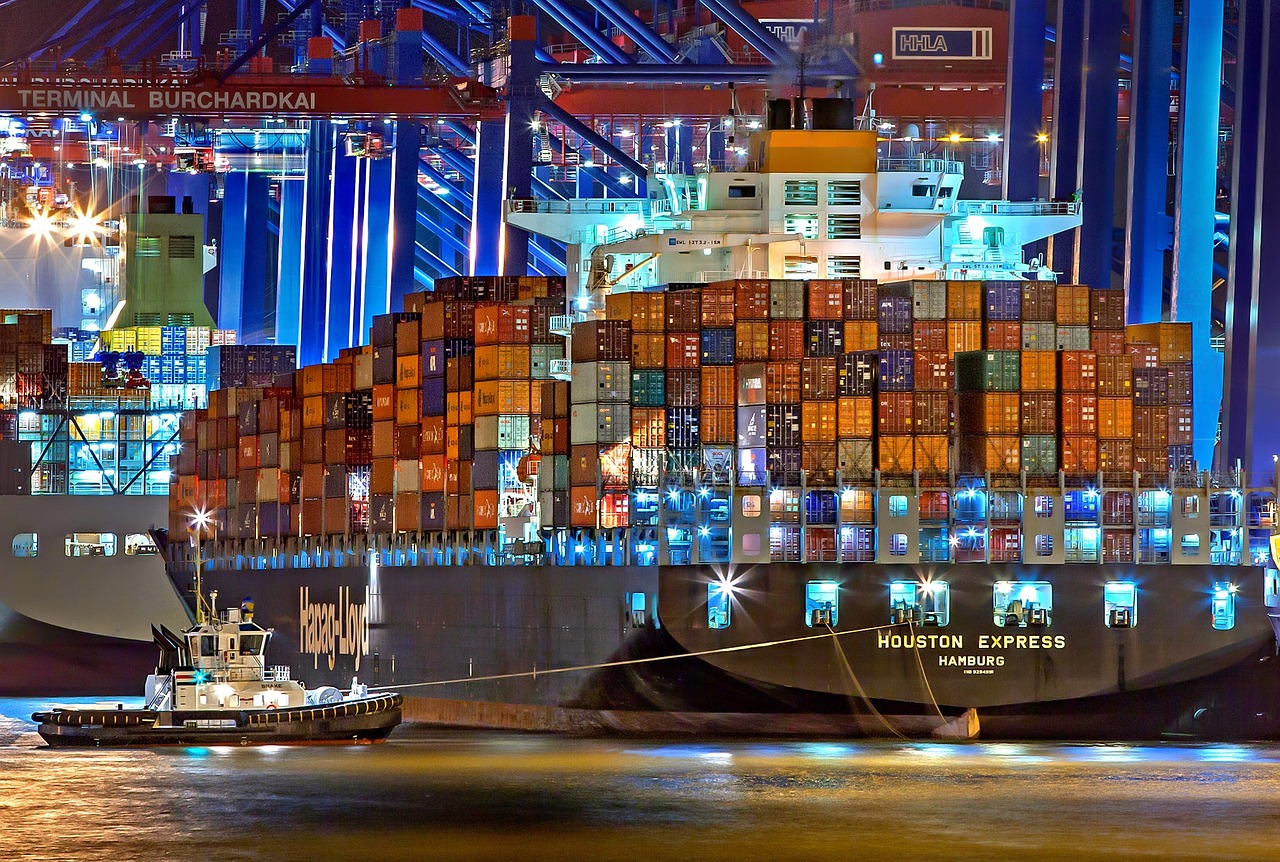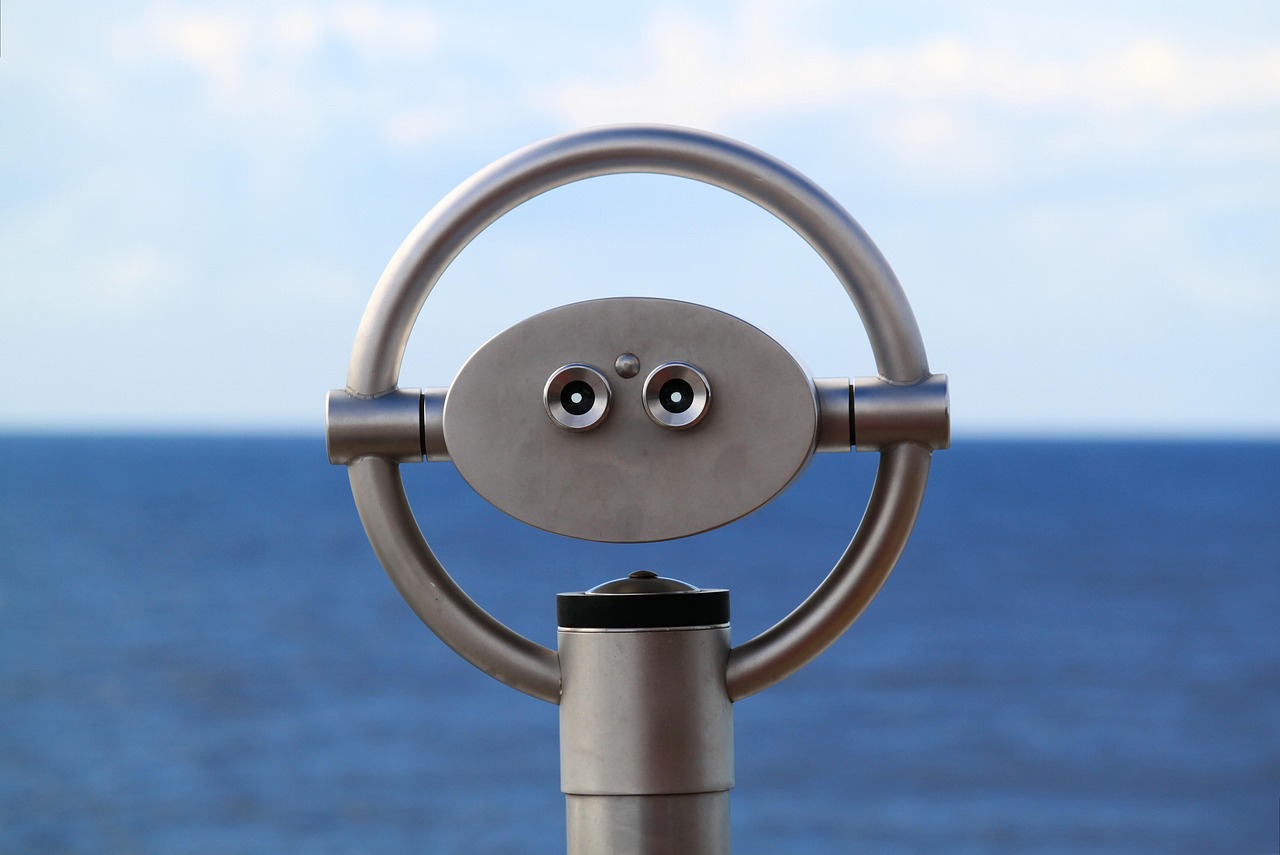The oceanic business, generally saw as an area dependent on mechanical and functional mastery, is going through a critical computerized change. Quite possibly of the most weighty development driving this change is the idea of advanced twins. These high level mechanical devices overcome any issues between IT administrations and sea designing, offering a progressive way to deal with transport plan, tasks, and support.
Advanced twins, fundamentally, are virtual imitations of actual frameworks, resources, or cycles. They influence continuous information from sensors and progressed examination to mimic, screen, and improve the presentation of their actual partners.
With regards to transportation, advanced twins are changing how boats are planned, fabricated, worked, and kept up with, carrying unmatched productivity and supportability to the business.

Over the long run, as information assortment and examination advancements developed, computerized twins tracked down applications in a large number of businesses.

It coordinates constant information from different boat frameworks, like drive, route, and hardware, with verifiable information, ecological elements, and prescient investigation.

One of the most significant utilizations of advanced twins lies in transport plan and development. Customarily, transport planners depended on recreations and models to test plans under different circumstances.
In the delivery area, a computerized twin is substantially more than a 3D model of a vessel. This powerful model develops constantly, mirroring the present status and execution of the actual boat, empowering partners to rapidly go with informed choices. Computerized twins change this interaction by permitting fashioners to recreate a boat’s presentation with mind boggling exactness. From hydrodynamics to primary trustworthiness, each part of the plan can be tried in a virtual climate. Thusly, planners can recognize possible imperfections, upgrade eco-friendliness, and guarantee consistence with global guidelines even before development starts.
The development stage benefits similarly from advanced twins. Developers can utilize these advanced models to screen development progress continuously, guaranteeing accuracy and diminishing the probability of blunders or deferrals. Furthermore, computerized twins help in smoothing out correspondence among shipyards, creators, and clients by giving an unmistakable and forward-thinking portrayal of the boat all through its development.
While powerful to a degree, these strategies frequently left space for mistakes and failures.
This degree of checking guarantees that the boat works at top effectiveness, diminishing functional expenses and ecological effect.
By reproducing these situations, they can settle on information driven choices to further develop productivity and security.
For instance, administrators can anticipate the effect of changing ocean conditions, freight loads, or fuel quality on the boat’s presentation.
This persistent progression of data permits transport administrators to remotely screen the vessel’s exhibition. For example, assuming the twin identifies oddities in fuel utilization or motor temperatures, administrators can mediate promptly to forestall further issues.
